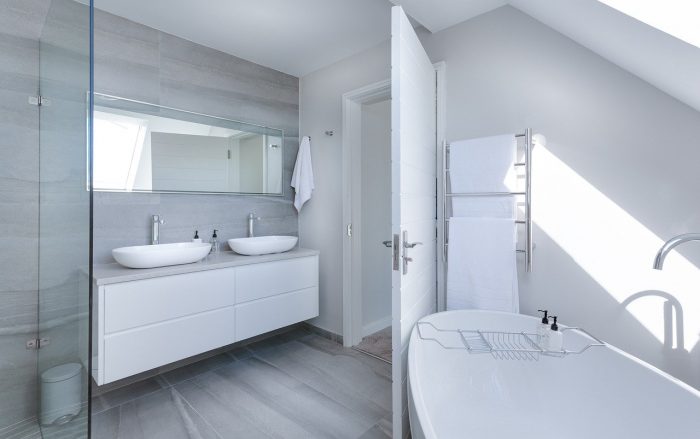Bathroom Remodeling
A bathroom remodel is more than just picking the right sinks, bathtub, cabinetry, and fixtures. You want a bathroom contractor who can re-imagine the layout of the bathroom and who can utilize the space to its fullest potential.
Does your main bath need more storage to accommodate the entire family? Do you want your master bath to blend both function and style to create your own personal oasis? If you are focusing on bathroom remodeling for a guest room, are you presenting a proper image of your sense of style to your visitors? Now is the time to take inventory of all your bathroom remodeling wants and needs
Bathroom Design Contractors
Out of all the home remodeling projects, few can provide the benefits of a bathroom remodeling project. Remodeling the bathroom is a great way to add real value to your home. On the plus side of that, it will increase the enjoyment level for yourself and your family.
What can bathroom modeling do for me?
Bathroom remodeling can be your opportunity to express your individual sense of style. If you are remodeling your home, bathroom remodeling will definitely be a high priority. Your bathroom should be comfortable, attractive and functional. After all, a bathroom is a comfort zone inside your home.
What To Consider Before Your Bathroom Remodel
Plumbing.
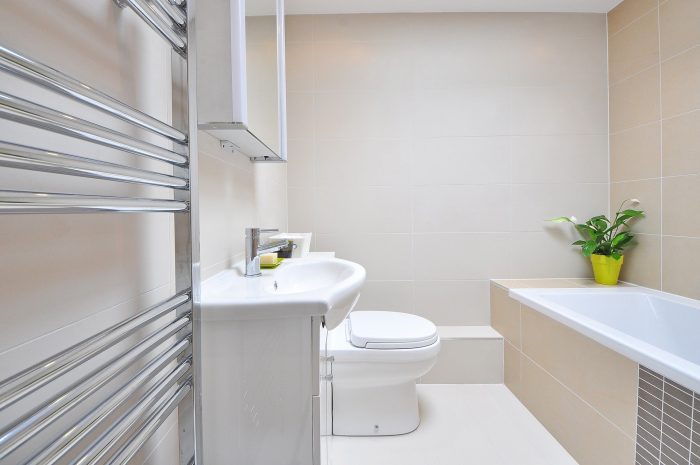
Lighting.
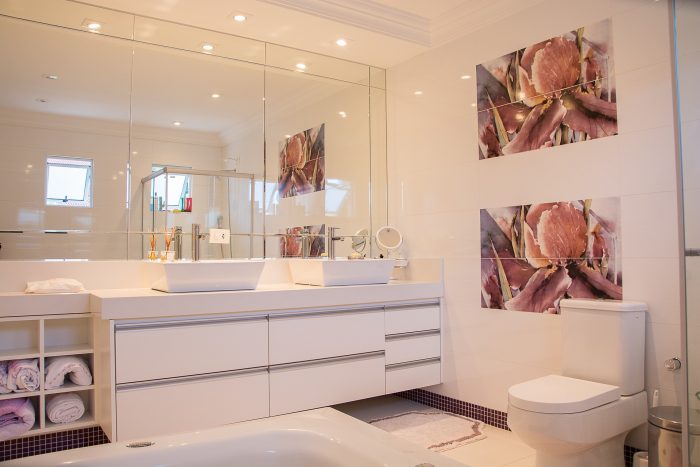
Wall-hung toilets.
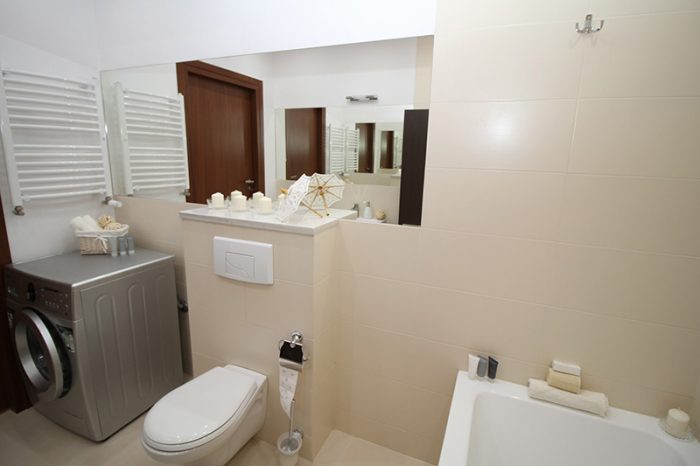
A window in the shower.
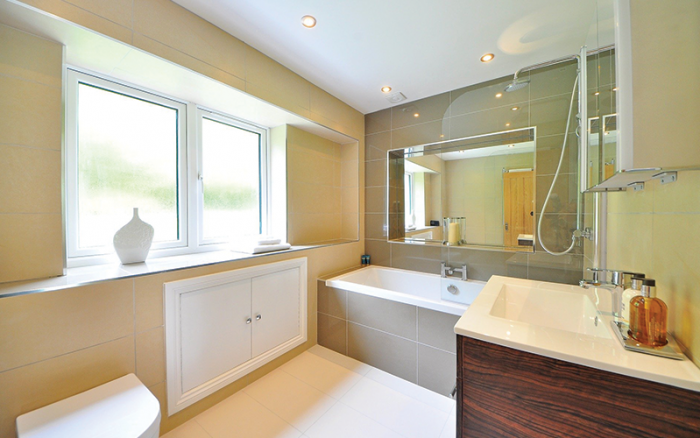
Shower sills.
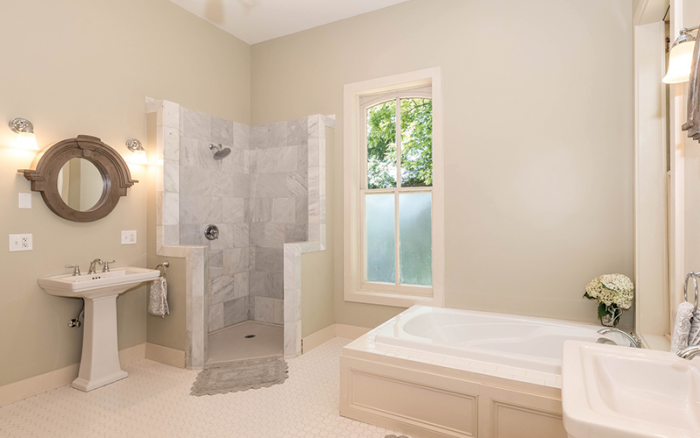
Shower floors.
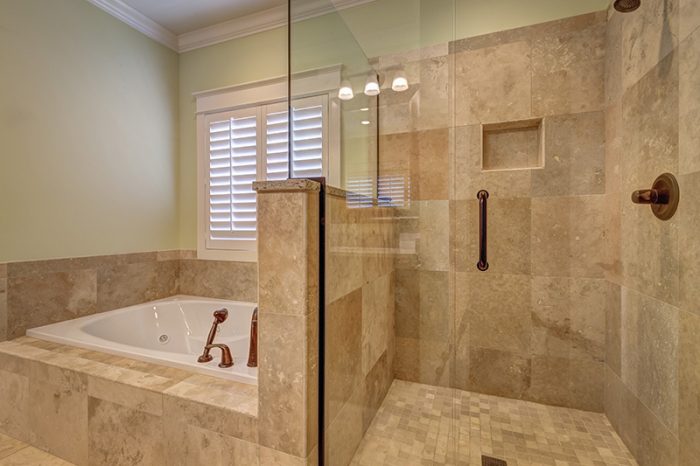
Drawer storage.
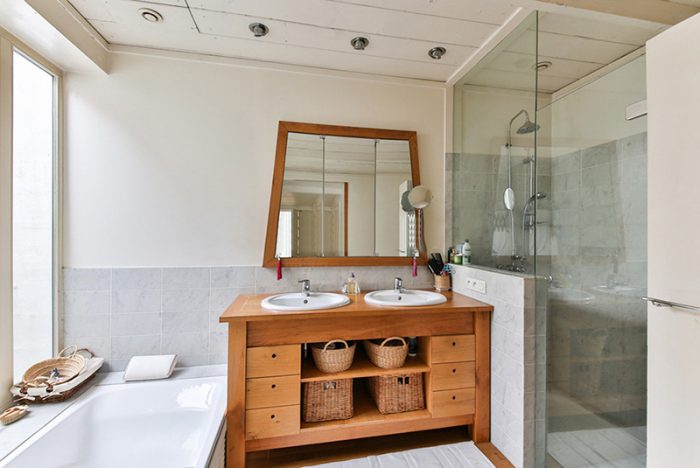
Shower or tub?
